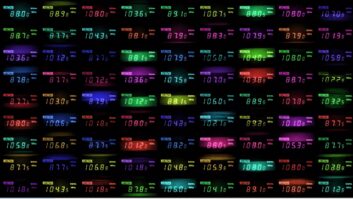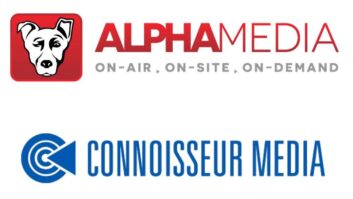An apparent lack of good engineering practice at two AM stations has contributed to proposed FCC fines totaling $42,000 against a Kansas broadcaster. Problems in their public files didn’t help the cause.
The Enforcement Bureau issued two Notices of Apparent Liability to Steckline Communications for operations at AM stations KQAM and KGSO in Wichita. Each is for $21,000.
The case apparently started when the FCC got anonymous word of alleged overpower operations. An agent visited in the fall of last year.
KQAM, the FCC said, had failed to maintain proper directional patterns, operate within its power limits, and maintain and make available a complete public inspection file. The station is authorized for 1,081 watts at night but the agent found that the transmitter operated at 155 percent of that. “In addition, when testing the station’s transmitters in daytime and nighttime modes, the agent observed that some of the sample current ratios of its antenna for both modes of operation deviated by more than 5 percent from authorized values,” the FCC wrote.
Further, station management was unable to bring directional parameters into tolerance for the nighttime setting; and its automated equipment did not produce an alarm when power and directional parameters were out of tolerance. The agent also found problems with the public inspection file.
The commission said that the company did not deny the violations but claimed, among other things, that its antenna monitor was malfunctioning; that its engineer had resigned some months before and that there had been no regular maintenance of the equipment; and that it did not realize that the missing information was required to be included in its issues programs lists. (Read the KQAM summary.)
The FCC found similar problems in the operation of KGSO. Among the citations, the station allegedly didn’t change power at night as required, and was operating over its daytime limit. Also, some of the phases of the directional antenna in daytime mode deviated by more than 3 degrees and some of the sample current ratios for both modes of operation deviated by more than 5 percent from authorized values.
According to the commission, the company told the FCC that its engineer had confused KGSO with KQAM, and had improperly programmed KGSO with KQAM’s higher daytime operating power. “Steckline noted that station KGSO used to be assigned call sign KQAM.”
The company also told the FCC that the memory in its automated switching and monitoring unit had been “tampered with and wiped out,” which prevented it from automatically switching the transmitter from day to nighttime operation and from sending out alarms when the station operated out of tolerance. Steckline denied that its antenna monitor was malfunctioning and said an engineer had checked the antenna monitor and found it working. (Read the KGSO summary.)
Steckline has 30 days to appeal or pay the fines. It must also submit a statement stating that it is operating as authorized.







